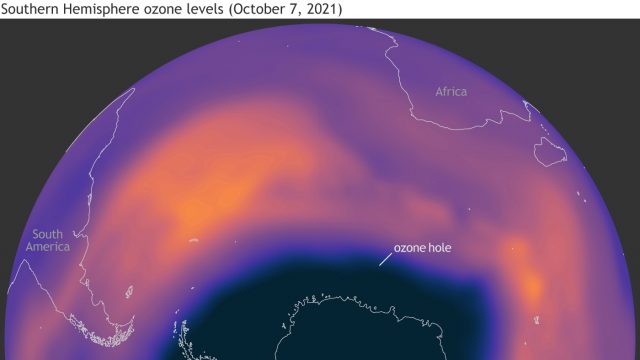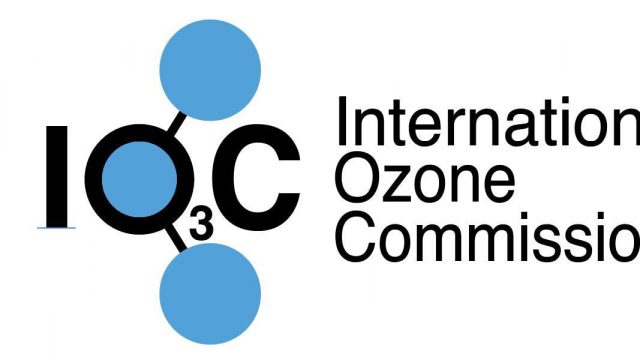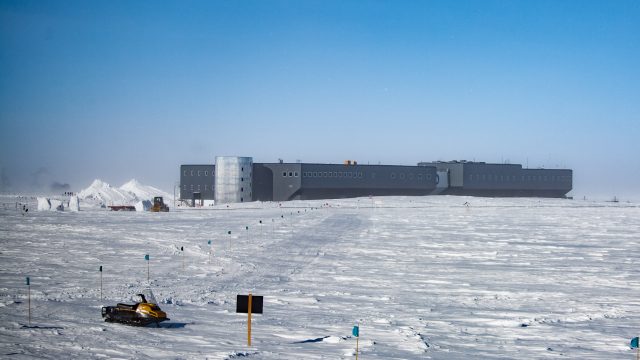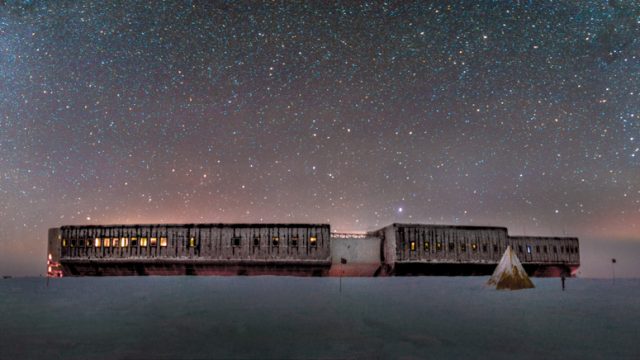By NOAA Communications The 2021 Antarctic ozone hole reached its maximum area on October 7 and ranks 13th largest since 1979, scientists from NOAA and NASA reported today. This year’s ozone hole developed similarly to last year’s: A colder-than-usual Southern Hemisphere winter led to a deep and larger-than-average hole that will likely persist into November… Read More
by Irina Petropavlovskikh, CIRES and NOAA scientist and Christine Smith, NOAA/GML Field Operations Manager Scientists and engineers at NOAA’s South Pole Observatory collect stratospheric ozone observations there all year round, but they launch ozonesonde instruments most frequently during the ozone depletion period (every September–October) to capture the rapid decline in stratospheric ozone at the South Pole. Ozone… Read More
By Patrick Cullis and Irina Petropavlovskikh, CIRES and NOAA scientists Meteorological conditions (speed of the winds, temperatures, and planetary wave activities) determine the size and year-to-year variability of ozone depletion. Because meteorological conditions this year are similar to last year, (no surprise) we’re seeing similar depletion in stratospheric ozone. It’s important to note that the… Read More
By Irina Petropavlovskikh, CIRES and NOAA scientist The beginning of October is showing low ozone values over Antarctica, including the South Pole. This rapid ozone depletion has been ongoing through September, as seen in the time plots for total ozone and stratospheric ozone columns from ozonesonde records at the South Pole. Stratospheric temperatures are still… Read More
By Patrick Cullis, CIRES and NOAA scientist The 2021 Antarctic ozone hole is taking shape as we move into the ozone depletion season. Stratospheric temperatures are frigid and the Sun is activating chlorine, beginning a catalytic reaction in which a single chlorine molecule will destroy thousands of ozone molecules, while South Pole ozonesonde measurements show… Read More
By Irina Petropavlovskikh, Secretary of the International Ozone Commission and a CIRES and NOAA scientist September 16 is the International Day for the Preservation of the Ozone Layer, celebrating the 1987 anniversary of the Montreal Protocol on Substances that Deplete the Ozone Layer. The Montreal Protocol is the globally ratified treaty that controls the production… Read More
As the frigid “Polar Vortex” remains surprisingly stable and centered over Antarctica, NOAA researchers stationed at the Amundsen-Scott South Pole Station continue monitoring the “Ozone Hole” situated overhead. Continued vortex stability means that fresh air from the mid-latitudes has yet to break through this atmospheric barrier and fill in the annual depletion event. Balloons launched… Read More
By Irina Petropavlovskikh, Secretary of the International Ozone Commission and a CIRES and NOAA scientist September 16 is the International Day for the Preservation of the Ozone Layer, celebrating the 1987 anniversary of the Montreal Protocol on Substances that Deplete the Ozone Layer. The Montreal Protocol is the globally ratified treaty that controls the production… Read More
By Patrick Cullis, CIRES and NOAA scientist Every year, before the Antarctic Ozone Hole begins to form early in the austral spring, preparation is ongoing for a new crew getting ready to spend a year living and working at the South Pole Station. The crew needs to arrive at the South Pole ready to carry on… Read More
The Amundsen-Scott South Pole Station is a research station located at the geographic South Pole in Antarctica and operated by the National Science Foundation under the United States Antarctic Program (USAP). Beginning with construction in late 1956, the site has been continuously occupied throughout several upgrades and new construction. The original station, now referred to… Read More







